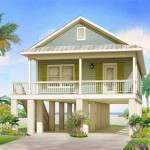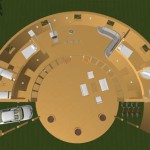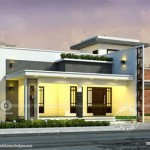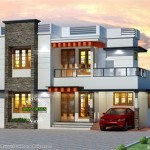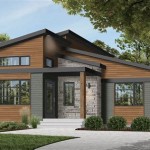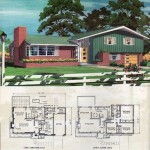Essential Aspects of Thai Wooden House Plans
Thai wooden houses are renowned for their intricate designs, ornate carvings, and harmonious integration with the natural surroundings. When planning a Thai wooden house, it is crucial to consider several essential aspects to ensure an authentic and functional dwelling.
Pillars and Framework
The foundation of a Thai wooden house lies in its sturdy pillars and framework. Typically made from solid teak wood, these components support the entire structure and provide stability. The pillars are often elaborately carved with traditional motifs, adding aesthetic appeal.
Roof Design
The roof is a prominent feature of Thai wooden houses. It is typically pitched and covered with clay tiles or galvanized steel. The eaves are often extended to provide shade and protection from the elements. The roof design also influences the interior layout, with the open space under the roof often used as a shared living area.
Gable Ends and Facades
The gable ends of Thai wooden houses are often adorned with elaborate carvings and decorations. These intricate designs represent traditional beliefs and customs, and they also serve to beautify the exterior. The facades are typically painted in bright colors, reflecting the vibrant Thai culture.
Floor Plan and Room Layout
Thai wooden houses typically feature an open floor plan, with flexible room arrangements. The main living area is often located under the high-pitched roof, ensuring ample ventilation and natural light. The walls between rooms are often movable or semi-permanent, allowing for easy adjustments to the interior layout.
Verandas and Balconies
Exterior spaces are an integral part of Thai wooden house plans. Verandas and balconies extend the living space outdoors, providing opportunities for relaxation, entertaining, and enjoying the surrounding views. They are often protected by a roof extension and decorated with railings or screens.
Materials and Finishes
In addition to teak wood, Thai wooden houses may incorporate other materials such as bamboo, banana leaves, or coconut thatch. The interior walls are often finished with natural materials like woven mats or wood paneling. The use of sustainable materials ensures a harmonious connection with nature.
Environmental Considerations
Thai wooden houses are designed to be environmentally friendly. The open floor plan and extended eaves promote natural ventilation, reducing the need for air conditioning. The use of natural materials and traditional construction techniques minimizes environmental impact.
Conclusion
When planning a Thai wooden house, it is essential to consider the core aspects of its design, including the pillars and framework, roof, gable ends, floor plan, exterior spaces, materials, and environmental considerations. By embracing these traditional elements and blending them with modern functionality, you can create a truly authentic and sustainable Thai wooden house that reflects the rich cultural heritage of Thailand.

Wooden House Design Thailand 38 Photos Innovative In Wood Pictures The Woods

Tathata The Enchanting Charm Of Lanna Wooden House Living Asean

Model Twin Lanna Wood House Design Pictures In The Woods

Tathata The Enchanting Charm Of Lanna Wooden House Living Asean

Eoy The Luxury To Live In An Authentic Traditional Thai Teak Wooden Hous

Thai House Plans Colaboratory

1182 Two Story Wooden House Contemporary Thai Design Unique 2 Bedrooms 3 Bathrooms

Eoy The Luxury To Live In An Authentic Traditional Thai Teak Wooden Hous

Traditional Wood Buildings

Housescape Design Lab Renovates 60 Year Old Wooden House In Thailand

